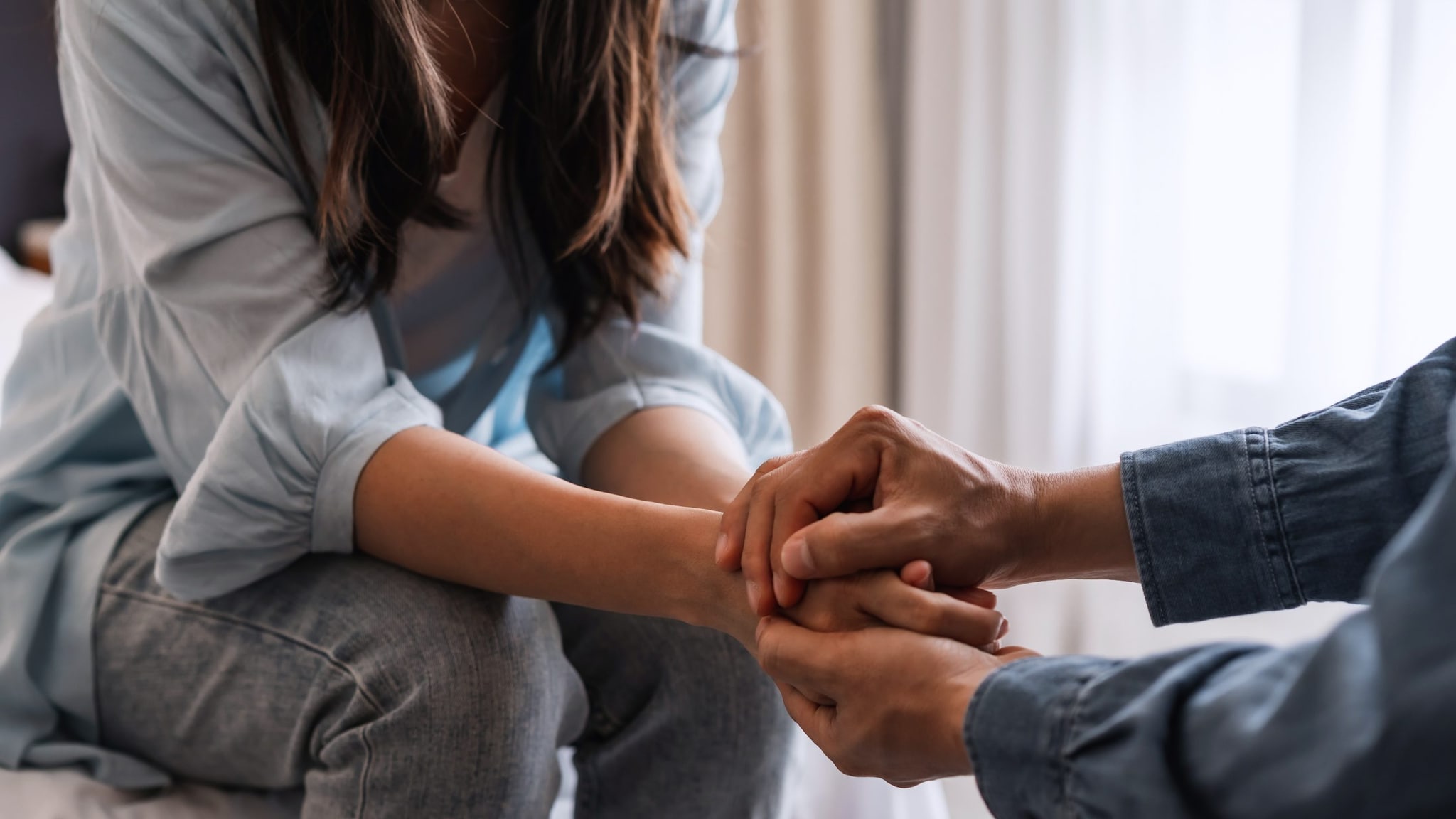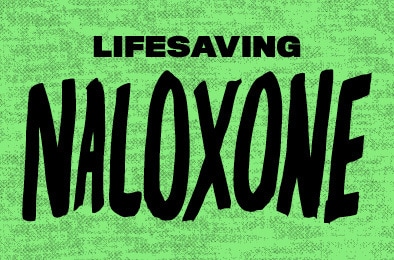Purpose
Opioid use disorder and overdose deaths continue to be a major public health concern in the United States, but they are preventable. Naloxone is a life-saving medication that can reverse an overdose from opioids like fentanyl and heroin.
Naloxone can save lives
Naloxone is a life-saving medication that can reverse an overdose from opioids—including heroin, fentanyl, and prescription opioid medications—when given in time.1 81,806 of the 107,941 drug overdose deaths in 2022 involved an opioid.2 One study of 24 states and the District of Columbia during January through June 2019 found that bystanders were present in more than one in three overdoses involving opioids.3 With the right tools, bystanders can act to prevent overdose deaths. Anyone can carry naloxone, give it to someone experiencing an overdose, and potentially save a life.
Everyone plays a role in preventing opioid-related overdoses.
- Clinicians can play a critical role in raising awareness about naloxone.
- Talk with your patients and their family, friends, and caregivers about the benefits of naloxone.
- Help reduce the stigma sometimes experienced with its use.
- Talk with your patients and their family, friends, and caregivers about the benefits of naloxone.
- Patients, family and loved ones, and the community can also play an important role by carrying naloxone.
- If you or someone you know is at increased risk for opioid overdose, especially those experiencing opioid use disorder (OUD), you should carry naloxone and keep it at home.
- People who are taking high-dose opioid medications (greater or equal to 50 morphine milligram equivalents per day) prescribed by a doctor, people who use opioids and benzodiazepines together, and people who use illegal opioids like heroin or fentanyl should all carry naloxone.
- Having naloxone available can allow bystanders to prevent a fatal overdose and save the lives of others because you can't use naloxone on yourself. Let others know you have it in case you experience an opioid overdose.
- If you or someone you know is at increased risk for opioid overdose, especially those experiencing opioid use disorder (OUD), you should carry naloxone and keep it at home.
Getting access to naloxone
Naloxone is available in all 50 states and now available over the counter. You don't need a prescription to purchase naloxone. Check your local pharmacy, convenience store, grocery store, or gas station to find where you can buy naloxone over the counter. If you have been prescribed high-dose opioids, talk to your doctor about co-prescribing naloxone. You can also get naloxone from community-based naloxone programs and most syringe services programs.
Access to naloxone can be expanded through:
- Standing orders at pharmacies
- Distribution through local, community-based organizations
- Access and use by law enforcement officials
- Training for basic emergency medical service staff on how to administer the drug
Naloxone FAQs
Good Samaritan Laws
Drug overdose involving opioids is one of the leading causes of injury-related death in the United States.5 As a result of the opioid crisis, many states and the District of Columbia have enacted Good Samaritan Laws specific to this issue in the event of an overdose.6 These types of policies may protect the person experiencing the overdose and the person seeking medical help for the person experiencing the overdose from drug possession charges. These laws also intend to reduce the number of overdoses by encouraging both those experiencing overdoses and witnesses to call 911 by granting a certain degree of immunity. This immunity may come in the form of not being charged with a drug-related offense or receiving a reduced sentence.
Resources on naloxone
CDC Vital Signs: Lifesaving Naloxone from Pharmacies
5 Things to Know About Naloxone
- https://www.fda.gov/consumers/consumer-updates/access-naloxone-can-save-life-during-opioid-overdose
- Spencer MR, Garnett MF, Miniño AM. Drug overdose deaths in the United States, 2002–2022. NCHS Data Brief, no 491. Hyattsville, MD: National Center for Health Statistics. 2024. DOI: https://dx.doi.org/10.15620/cdc:135849
- O’Donnell J, Gladden RM, Mattson CL, Hunter CT, Davis NL. Vital Signs: Characteristics of Drug Overdose Deaths Involving Opioids and Stimulants — 24 States and the District of Columbia, January–June 2019. MMWR Morb Mortal Wkly Rep 2020;69:1189–1197. DOI: http://dx.doi.org/10.15585/mmwr.mm6935a1.
- Guy GP Jr., Haegerich TM, Evans ME, Losby JL, Young R, Jones CM. Vital Signs: Pharmacy-Based Naloxone Dispensing — United States, 2012–2018. MMWR Morb Mortal Wkly Rep 2019;68:679–686. DOI: http://dx.doi.org/10.15585/mmwr.mm6831e1external icon.
- National Center for Injury Prevention and Control. WISQARS—Web-based Injury Statistics Query and Reporting System. 2023. Available from: https://www.cdc.gov/injury/wisqars/index.html
- GAO-21-248, DRUG MISUSE: Many States Have Good Samaritan Laws and Research Indicates They May Have Positive Effects



